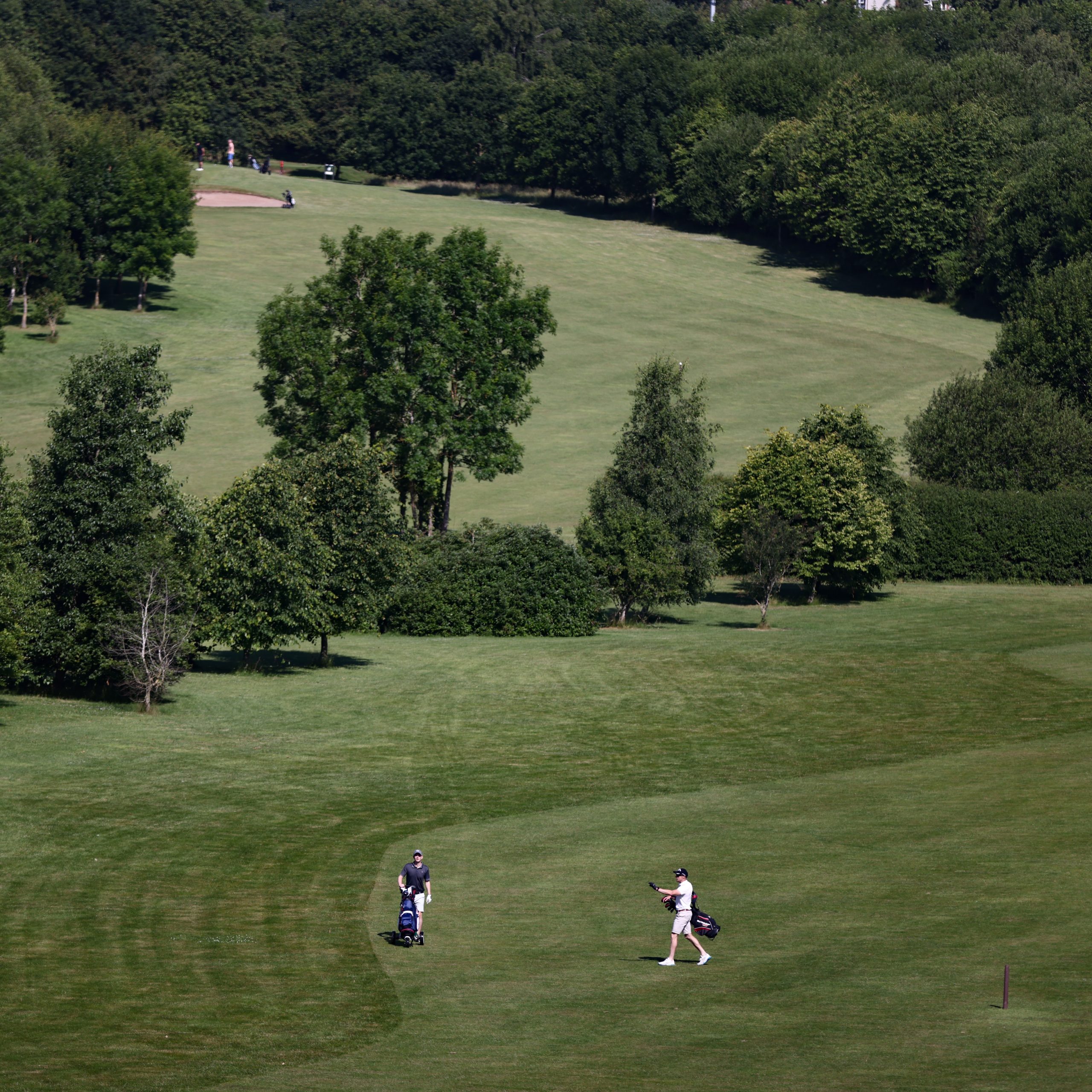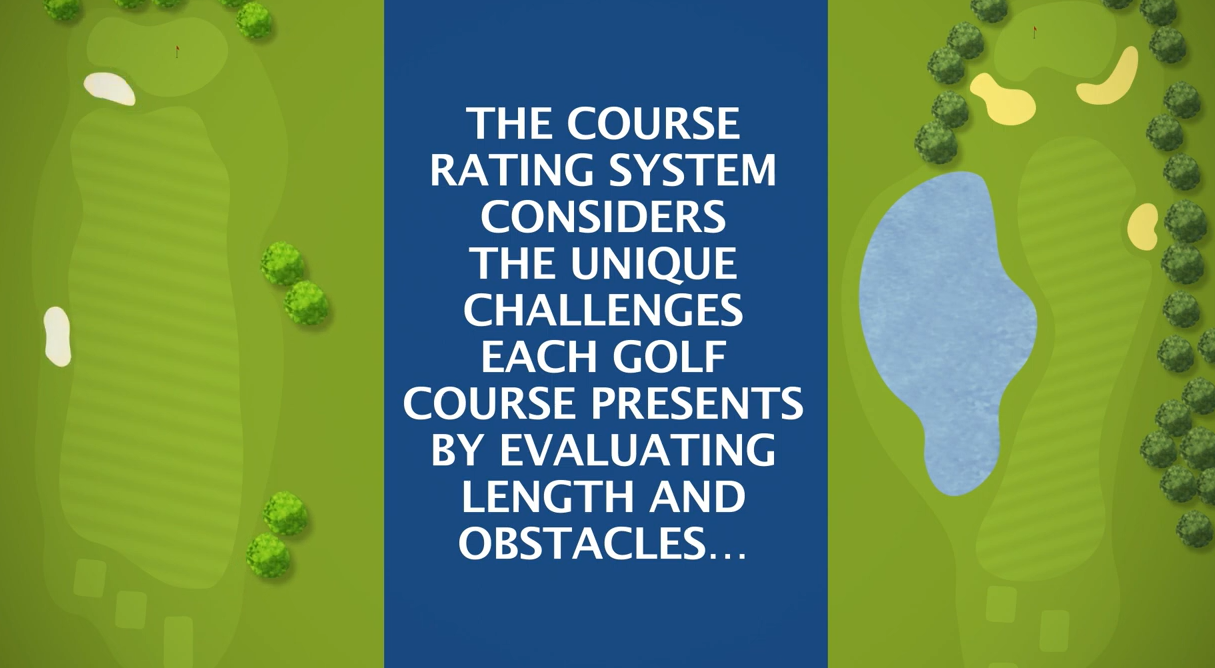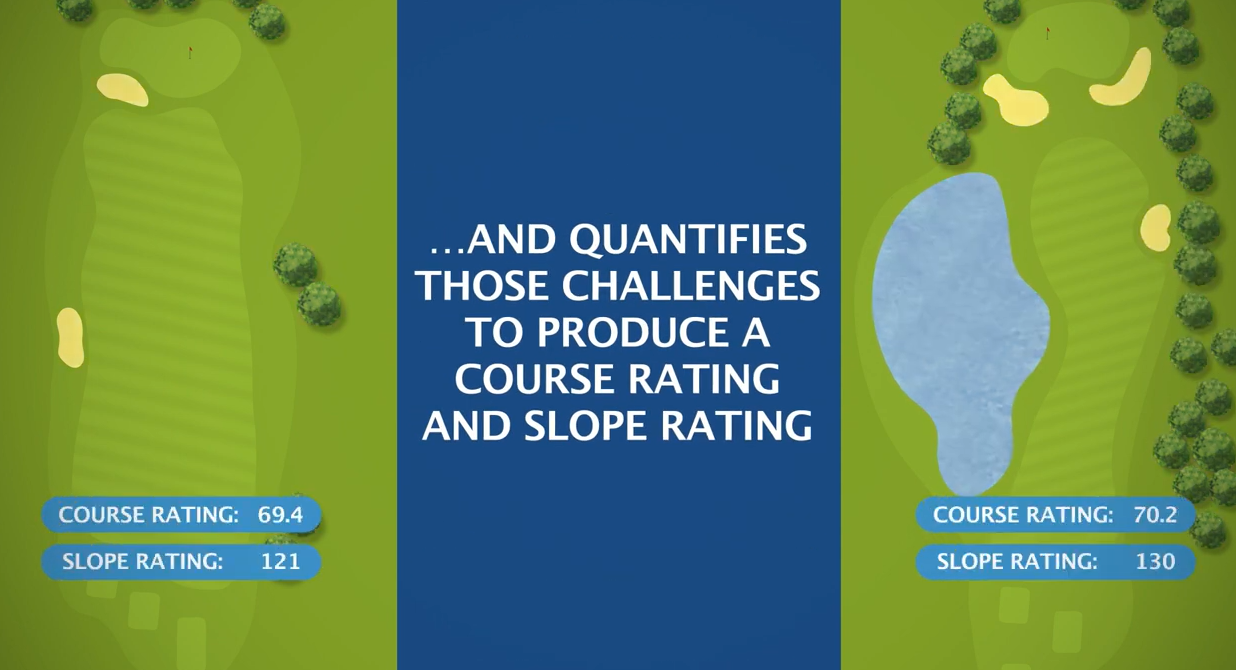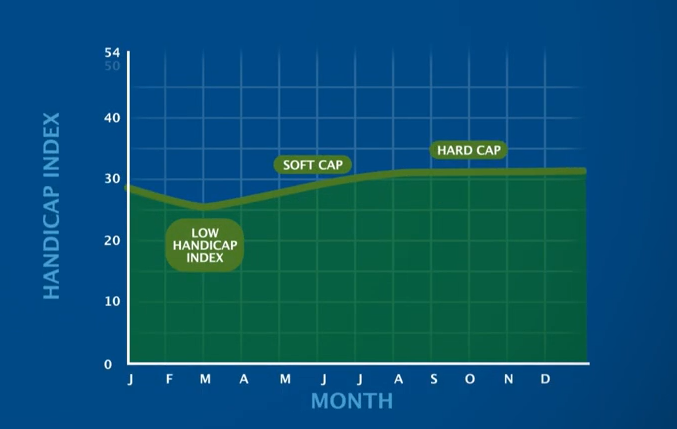
Handicaps
A modern handicap system for all golfers everywhere
The World Handicap System is expected to launch in November 2020. It is designed to welcome more players, to make golf easier to understand and to give all golfers a handicap which is portable all around the globe.
It will replace the six different systems currently used by over 15 million golfers in more than 80 countries.
It has been developed by The R&A and The United States Golf Association (USGA), supported by the world’s handicapping authorities, including CONGU, which represents the four home countries of Great Britain and Ireland.
To make the game more enjoyable, the new system will include:
- Course rating and slope rating
- Minimum number of scores to obtain a handicap
- Competitive and recreational scores to count for handicap
- Handicaps will be calculated from an average of recent scores
- Maximum handicap of 54
- Abnormal course and weather conditions adjustments
Below you will find a brief video which explains how the new
World Handicapping System will affect you as a golfer:
Course Rating Explained
First up is Course Rating, which will be used to measure the playing difficulty of a golf course. It measures how many strokes a Scratch Golfer (a golfer with a handicap index of 0.0) should take on any given course. It does this by assessing two main types of challenges which, when combined, result in a common base from which to compare players’ abilities:
-
The playing length of the course
-
The obstacles that a player will encounter (e.g. size of green and hazards)
All Course Ratings have been determined by highly trained teams, with all findings checked and verified prior to being publishing to ensure consistency and equity across England.
Another important factor to establish in the rating system is Bogey Rating, which is the measure of playing difficulty from a set of tees when played by a Bogey Golfer (a player with a handicap index of approximately 20 for a male and 24 for a female).
Knowing the Course Rating & Bogey Rating established by the Course Rating teams allows the WHS to assess and rationalize the relationship between the two. From this, the difficulty of the course for all other levels of ability can be deduced.
Hopefully, this provides you with a good understanding as to how Course Rating is established, and why it is important for the WHS.


Slope Rating Explained
Another important area for the WHS, is Slope Rating. Many golfers have heard of Slope Rating before, but aren’t entirely sure what is it. Don’t worry, all will be explained!
Slope Rating is the number which indicates the relative playing difficulty of a course for Bogey Golfers, compared to Scratch Golfers, and is the difficulty comparison between these golfers from the same set of tees. In simple terms, it is the combination of the Course Rating and the Bogey Rating, which allows us to calculate the Slope Rating of a set of tees.
The use of Slope allows a player’s Handicap Index to be portable from course to course and country to country. It also enables acceptable scores from any rated golf course in the world to be submitted for a player’s handicap purposes.
Each set of tees will have a Slope Rating value between 55 and 155. Essentially, the higher the Slope Rating, the more additional strokes a Bogey Golfer will need to be able to play it. The lower the Slope Rating, the fewer strokes a Bogey Golfer will require.
Hopefully, this provides you with a good understanding of how Slope Ratings are created, how it affects golfers, and why it is important for the WHS.
Handicap Index Explained
Another important area for the WHS, is Slope Rating. Many golfers have heard of Slope Rating before, but aren’t entirely sure what is it. Don’t worry, all will be explained!
Slope Rating is the number which indicates the relative playing difficulty of a course for Bogey Golfers, compared to Scratch Golfers, and is the difficulty comparison between these golfers from the same set of tees. In simple terms, it is the combination of the Course Rating and the Bogey Rating, which allows us to calculate the Slope Rating of a set of tees.
The use of Slope allows a player’s Handicap Index to be portable from course to course and country to country. It also enables acceptable scores from any rated golf course in the world to be submitted for a player’s handicap purposes.
Each set of tees will have a Slope Rating value between 55 and 155. Essentially, the higher the Slope Rating, the more additional strokes a Bogey Golfer will need to be able to play it. The lower the Slope Rating, the fewer strokes a Bogey Golfer will require.
Hopefully, this provides you with a good understanding as to how Slope Ratings are created, how it affects golfers, and why it is important for the WHS.

How To Obtain a Handicap Index
When we adopt the WHS in England, most golfers will have a Handicap Index generated based on their existing records. However, for new golfers to gain their Handicap Index they will have to submit a minimum of 54 holes (using any combination of 9 and 18 holes).
Initially, their Handicap Index will be the lowest of their three rounds minus two strokes, and this will continue to be built until the 20 scores are achieved. The maximum Handicap Index for any player is 54, and in order for players to obtain a recognized Handicap Index a player must be an affiliated member of a golf club.
Hopefully, this provides you with a good understanding of what a Handicap Index is, how golfers will obtain one, and why it is so important to the new system.
With Handicap Index being calculated by working out an average of the best eight rounds from a player’s last 20, golfers might be apprehensive that the change in their Handicap Index may be volatile. However, through the implementation of a Soft Cap and Hard Cap, the WHS will limit any extreme upward movement of a player’s Handicap Index within a 365-day period, therefore, protecting against handicap manipulation.
The Soft Cap will suppress movement by 50% after a three-stroke increase over a player’s Low Handicap Index. For clarity in this instance, a Low Handicap Index is the lowest Handicap Index a player has had during the previous 12-month period.
The Hard Cap will restrict upward movement of five-strokes over the Low Handicap Index. Restricting the extreme upward movement of a Handicap Index will ensure that a player’s temporary loss of form does not cause the Handicap Index to move too far away from their actual ability. It is important to note that caps will only start to take effect once a player has at least 20 acceptable scores in their record.

What is Course Handicap?
A Course Handicap will determine the number of strokes a player will receive when playing from any set of tees on a given course. Before any player starts their round they must convert their Handicap Index into a Course Handicap.
How to work out a Course Handicap
The Course Handicap calculation is:
Handicap Index x (Slope Rating / 113) = Course Handicap.
But don’t let this calculation concern you because working out a Course Handicap has been made simple.
England Golf will provide Course & Slope Rating tables to all clubs ahead of the new System launching in November. These Tables will be positioned in conspicuous locations around the club to make them easy to find prior to beginning a round of golf.
Golfers will simply have to choose the tees they are playing off that day, and cross-reference their Handicap Index on the Course & Slope Rating table to ascertain their Course Handicap. It really is as simple as that – they’re then ready to get out on the course and play!

